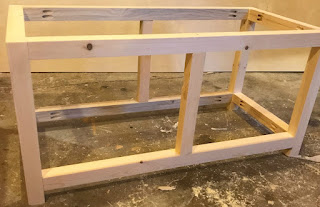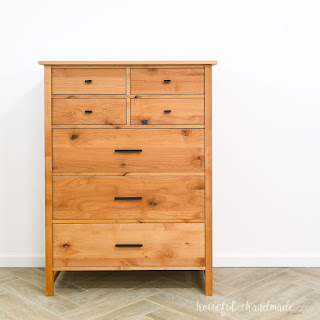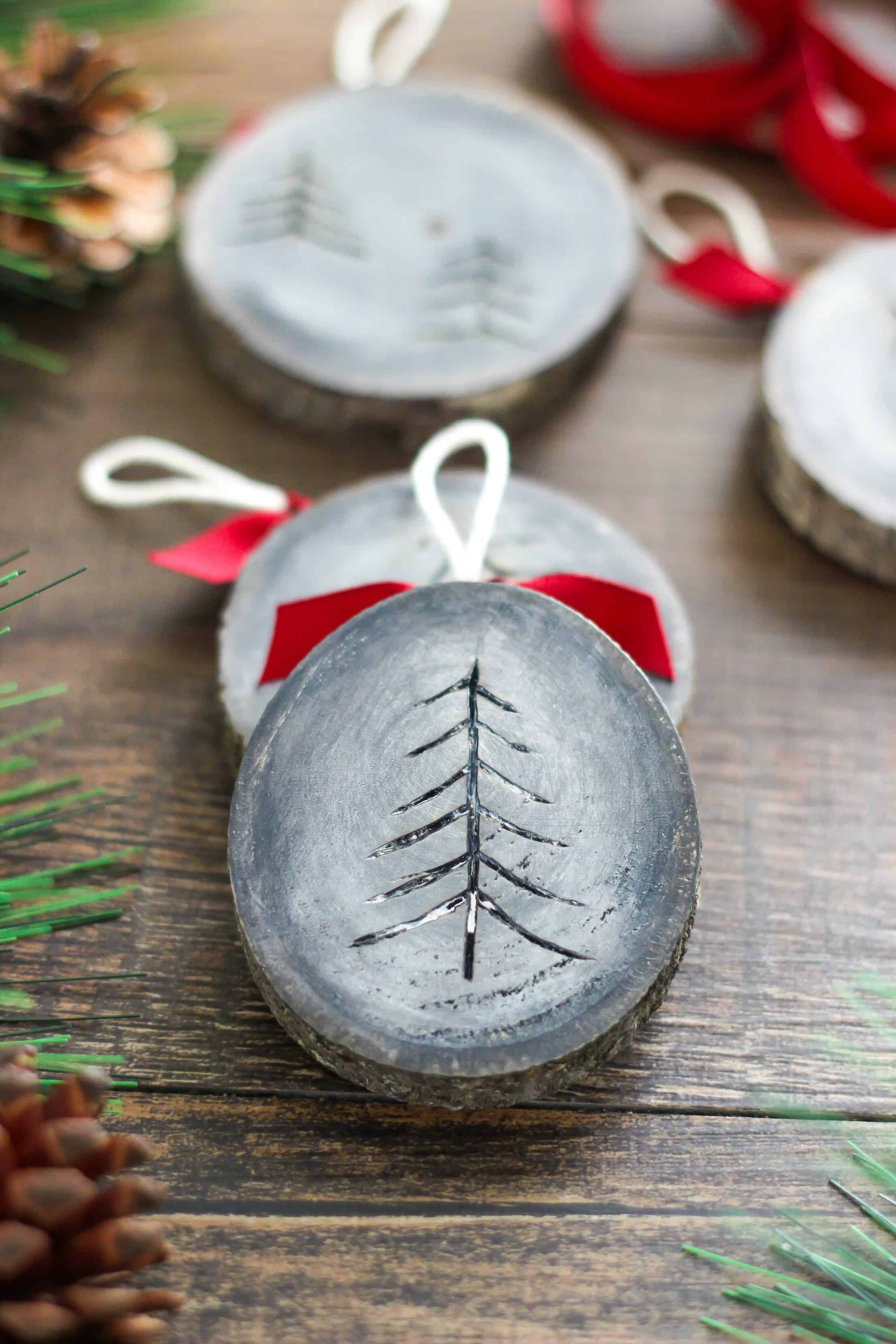Craft a Custom Storage Chest: Detailed Woodworking Plans for Your Home
Tired of clutter piling up and stealing valuable space in your home? A handcrafted storage chest offers a beautiful and practical solution. This detailed guide provides you with the woodworking plans to build your own unique chest, transforming a storage problem into a stunning piece of furniture. Forget generic, mass-produced storage solutions – you'll create a heirloom-quality chest perfectly tailored to your needs and style. Prepare to enjoy the process of creating something beautiful and functional, while simultaneously conquering the storage chaos in your home.
Planning Your Perfect Storage Chest
Before you reach for your tools, careful planning ensures a successful project. Begin by determining the desired dimensions of your chest. Consider the space where it will reside and the items you intend to store. A larger chest demands more materials and time, while a smaller chest might lack the desired storage capacity. Sketch your design on paper, noting precise measurements for the base, sides, lid, and any decorative elements you envision. Selecting the right wood type is crucial. Hardwoods like oak, cherry, or walnut offer durability and a rich aesthetic, but softer woods like pine are more budget-friendly and easier to work with for beginners. Finally, create a detailed materials list, ensuring you purchase enough wood, screws, hinges, and any other necessary hardware.
Choosing Your Wood and Hardware
The choice of wood significantly impacts the final look and feel of your storage chest. Oak provides strength and a classic look, while cherry offers warm tones and a beautiful grain pattern. Walnut exudes luxury and sophistication. If cost is a primary factor, pine remains a viable option, although it requires more care to avoid dents and scratches. For hardware, select hinges that match your aesthetic preference. Consider using sturdy, heavy-duty hinges designed to withstand frequent opening and closing. Matching handles or pulls will further enhance the chest's visual appeal. Consider adding decorative elements like brass accents for an antique feel or modern, minimalist handles for a contemporary look. Plan these choices carefully, as they significantly affect the overall design.
Constructing the Storage Chest: A Step-by-Step Guide
With your plans finalized and materials gathered, you're ready to begin construction. Start by carefully cutting the wood according to your precise measurements. Use a high-quality saw to ensure clean, accurate cuts. Assemble the base by joining the four sides using wood glue and screws. Clamp the pieces firmly to ensure a secure bond while the glue dries. Once the base is assembled, construct the sides and attach them to the base. Remember to use precision and double-check your measurements at each stage. The lid should be slightly larger than the chest opening to allow for proper closure. Attach hinges securely to the lid and the chest's top edge, ensuring they are positioned correctly for smooth operation.
Adding Finishing Touches
Once the chest's structure is complete, sand all surfaces to achieve a smooth finish. Begin with coarser grit sandpaper, gradually moving to finer grits for a flawless surface. Apply a wood finish – stain, paint, or varnish – according to your chosen aesthetic. Multiple coats may be necessary for optimal protection and depth of color. Allow ample drying time between coats. Finally, attach the handles or pulls, ensuring they are securely fastened and properly aligned. A coat of wax or paste wax can enhance the final look and add protection against scratches and spills. Remember to let the final finish cure completely before placing items into the chest.
Beyond the Basics: Personalizing Your Creation
Don't limit yourself to the basic design. Consider adding personalized touches to truly make the chest your own. Inlay decorative wood or metal accents to elevate its visual appeal. Consider adding a custom engraved plaque with your initials or a significant date. Perhaps integrate hidden compartments or secret drawers for added intrigue and security. The possibilities are as limitless as your creativity. Experiment with different wood stains and finishes to achieve unique colour effects. Adding decorative trim or molding can add an extra layer of sophistication. Remember, this is your project; let your creativity shine through!
Building your own storage chest is a rewarding experience. The satisfaction of creating a functional and beautiful piece for your home is unparalleled. Enjoy the process, embrace the challenge, and proudly display your handcrafted masterpiece.
















